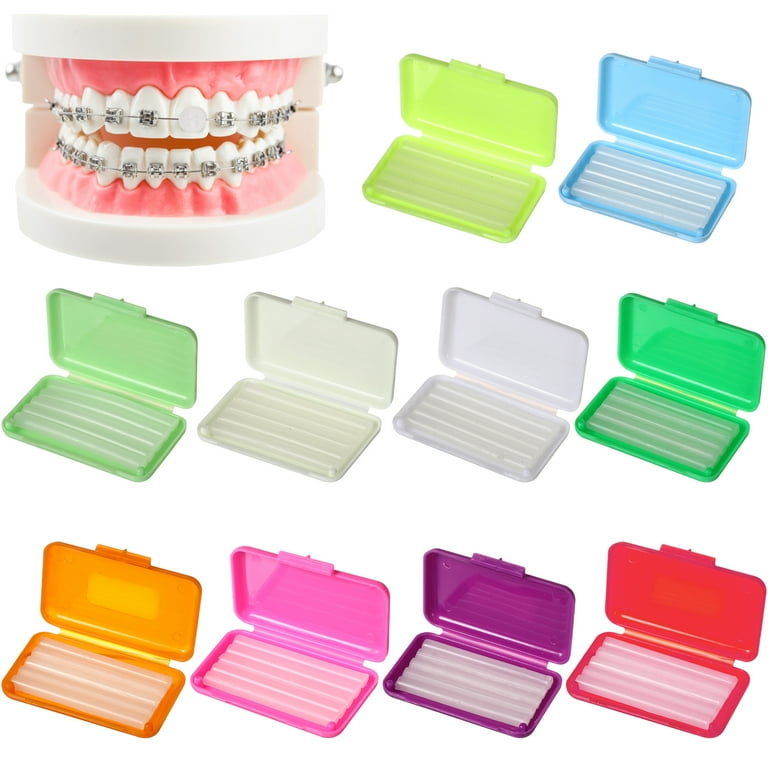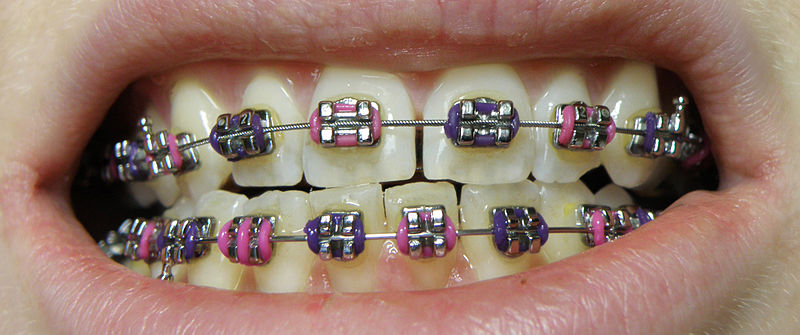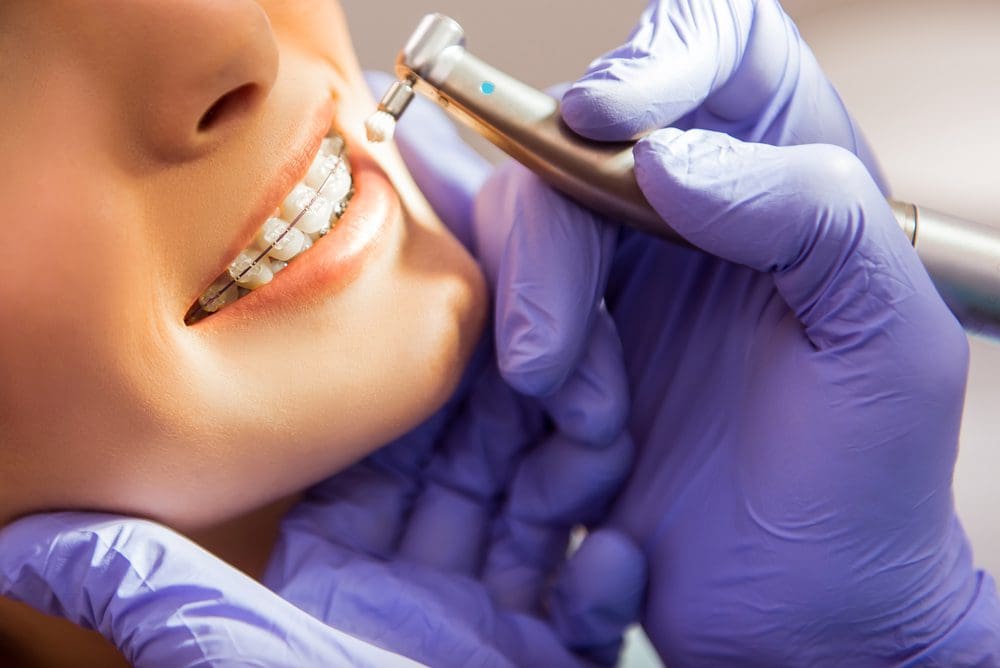Discovering the Right Cumming Orthodontist for Your Braces and Aligners Demands
Wiki Article
Comprehensive Guide to Orthodontics Treatments for Correcting Dental Imbalances
Understanding the ins and outs of each procedure, including their mechanisms, benefits, and prospective downsides, is crucial in making notified decisions concerning one's orthodontic treatment. As we browse with the extensive overview to orthodontic procedures for remedying dental imbalances, the elaborate details of each method will unfold, losing light on the course toward a useful and unified dental placement.Orthodontic Procedures Summary

Routine changes and tracking are crucial parts of orthodontic treatment to guarantee progress is on track and to make any essential adjustments along the way. By undergoing orthodontic procedures, people can not only achieve a straighter grin but also improve their total oral health and function.
Typical Braces: Exactly How They Work
When considering orthodontic therapies for oral misalignments, standard dental braces stand apart as a time-tested technique for fixing teeth placing. Conventional dental braces contain braces, cords, and bands that collaborate to use continual pressure on the teeth, gradually relocating them right into the wanted alignment. The braces are attached to the teeth making use of a special adhesive, and the cords are threaded via the brackets. By adjusting the stress of the cords, orthodontists can regulate the instructions and force applied to each tooth, leading them right into appropriate placement gradually.
One trick aspect of just how conventional dental braces work is the procedure of bone makeover. As pressure is put on the teeth with the dental braces, the bone surrounding the teeth is reshaped to support the new tooth placements. This renovation is vital for the lasting security of the corrected placement. Clients will require normal adjustments at the orthodontist's office to make sure the braces proceed to apply the proper stress for effective teeth activity.
Unnoticeable Aligners: Pros and Disadvantages
Unseen aligners provide a discreet and convenient choice to traditional dental braces for dealing with dental misalignments. These clear, tailor-made trays are basically invisible when worn, making them an attractive option for people seeking an extra visually pleasing orthodontic treatment. Among the key benefits of invisible aligners is their removability, permitting less complicated upkeep of oral health contrasted to traditional dental braces. Clients can eliminate the aligners before eating or cleaning their teeth, minimizing the danger of food getting stuck in the appliance and streamlining the cleansing process.
Surgical Orthodontic Options
Surgical treatments in orthodontics existing sensible choices for resolving complex oral imbalances that might not be successfully solved via standard orthodontic treatments. While standard braces and unnoticeable aligners can deal with many orthodontic problems, particular instances require medical treatment to attain optimum results. Surgical orthodontic options are normally advised for severe malocclusions, considerable jaw disparities, and cases where the underlying bone framework requires alteration to attain appropriate positioning.One typical surgical orthodontic procedure is orthognathic surgery, which entails rearranging the jaws to correct functional problems such as trouble speaking or chewing. This surgery is commonly carried out in collaboration with an orthodontist that assists straighten the teeth before and after the treatment. Surgical orthodontics might likewise involve treatments to reveal affected teeth, eliminate excess gum tissue, or improve the jawbone to produce an extra unified face profile.
Before considering medical orthodontic choices, people undergo an extensive evaluation to determine the necessity and possible benefits of such interventions. braces. While surgical procedure might seem challenging, it can dramatically enhance both the function and appearances of the smile in instances where traditional orthodontic therapies fail
Retainers and Post-Treatment Care

Post-treatment treatment involves adhering to the orthodontist's guidelines diligently. This might include correct dental health practices, going to follow-up visits, and putting on the retainers as prescribed. Failing to comply with post-treatment care guidelines can result in advice relapse, where the teeth progressively return towards their initial positions. Constant retainer wear, excellent dental health, and normal oral examinations are necessary for keeping the results accomplished via orthodontic surgical procedure and ensuring the lasting stability of the corrected dental alignment.
Conclusion
In conclusion, orthodontic treatments use different options for remedying oral imbalances. Surgical orthodontic alternatives are offered for extra serious misalignments. Generally, orthodontic treatments can properly improve dental health and visual look.As we browse with the detailed overview to orthodontic treatments for his comment is here dealing with oral misalignments, the detailed information of each method will certainly unravel, losing light on the course toward a practical and harmonious oral placement. - invisalign
One of the most usual orthodontic therapies is the usage of dental braces, which consist of metal brackets and cables that use gentle stress to slowly move teeth right into the preferred setting.When taking into consideration orthodontic therapies for dental misalignments, traditional braces stand out as a reliable method for dealing with teeth positioning. Furthermore, undetectable aligners might not be suitable for complicated orthodontic issues that require even more substantial teeth activity, as they are generally recommended for light to moderate instances. Retainers are personalized orthodontic tools designed to hold teeth in their fixed settings after the completion of orthodontic treatment.
Report this wiki page